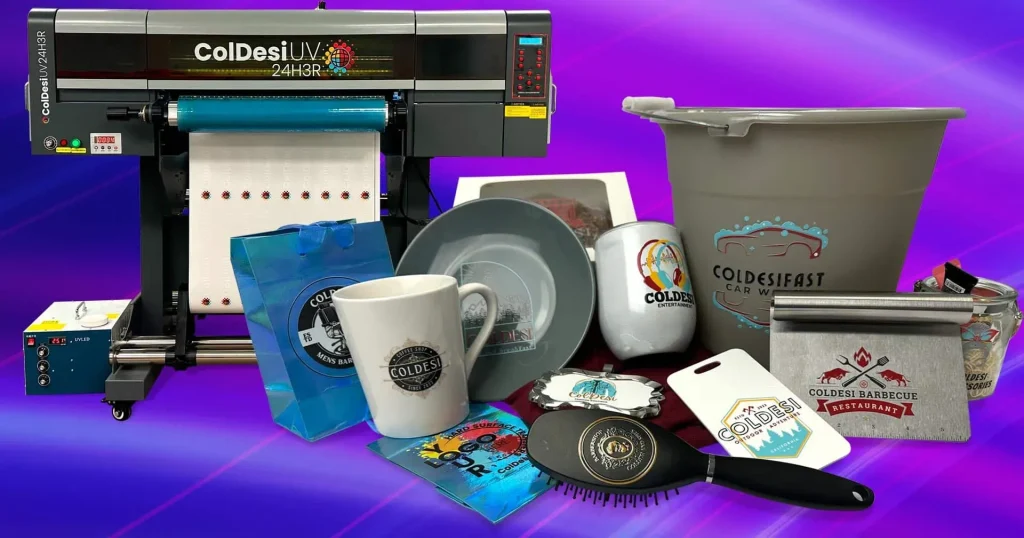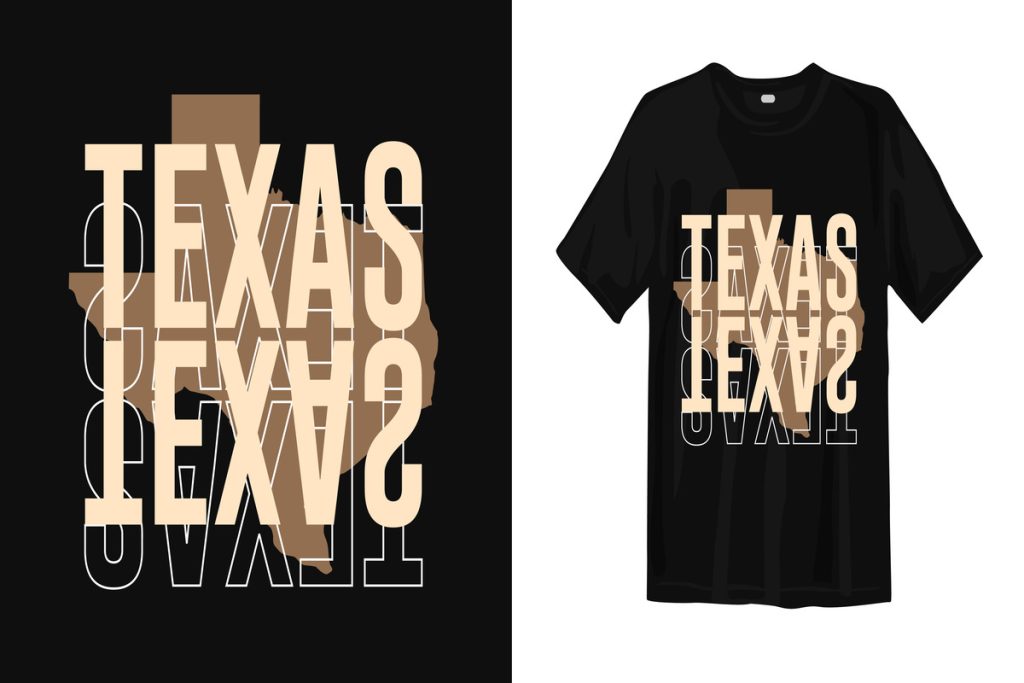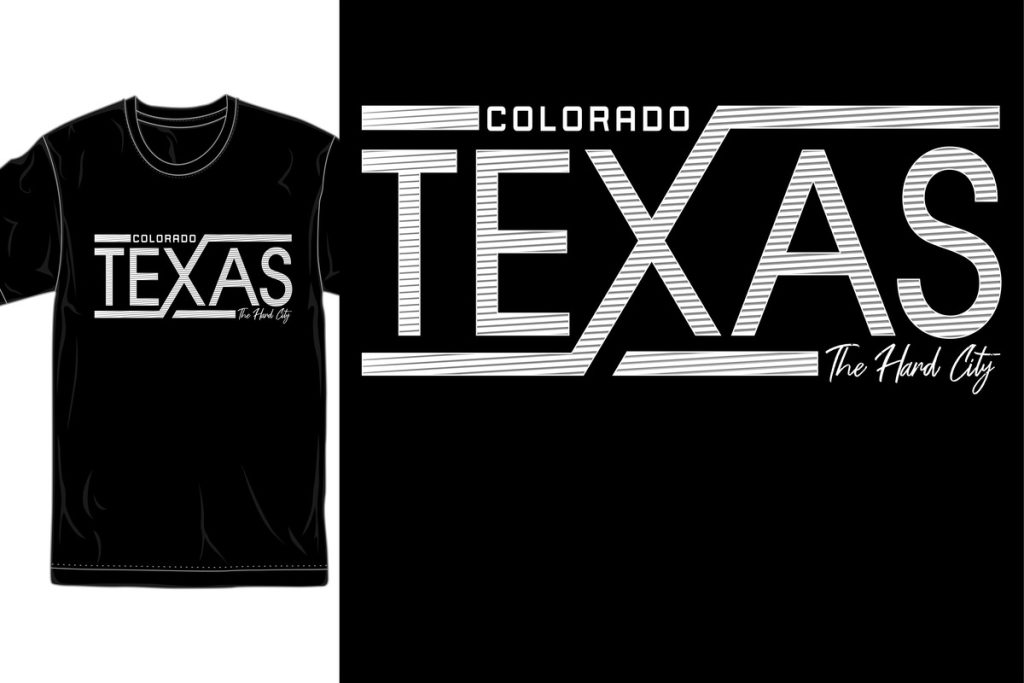In the realm of modern printing technology, UV DTF printing (Ultra-Violet Direct-to-Film) stands out as a cutting-edge solution that is revolutionizing how businesses print their products. By combining the precision of digital printing with the quick curing properties of ultraviolet light, UV DTF offers an alternative to traditional printing methods such as screen printing and direct-to-garment printing. This innovative technique allows for vibrant colors, intricate details, and impressive print durability, making it a preferred choice for many industries. As businesses seek to optimize their production processes, understanding the advantages of UV DTF becomes essential in a competitive market landscape. This article delves into the benefits and drawbacks of UV DTF, comparing it to traditional printing options to help enterprises make informed decisions about their printing needs.
Ultra-Violet Direct-to-Film printing is quickly becoming a game changer in the printing industry, providing powerful alternatives to conventional methods. This technique, often referred to as UV DTF, utilizes ultraviolet light to cure inks, resulting in high-quality prints that maintain color integrity and durability. Unlike traditional processes, which may be constrained by time-consuming setups and drying times, UV DTF allows for rapid production and versatility across a multitude of substrates. In this exploration of printing technologies, we will examine how UV DTF stacks up against established options like screen printing and DTG, while highlighting key advantages such as reduced waste and enhanced print quality.
The Advantages of UV DTF Printing
UV DTF printing offers numerous advantages that set it apart from more conventional methods. One of the primary benefits is the instant drying feature due to the ultraviolet curing process. This allows businesses to handle prints immediately after production, significantly reducing production times. Unlike screen printing or direct-to-garment methods, which may require lengthy drying periods, UV DTF provides a more efficient workflow, making it an ideal choice for businesses with tight deadlines.
Additionally, the vibrant colors and high-resolution detail achievable with UV DTF printing are unparalleled. The capability of the UV curing process to bind inks effectively results in prints that are not only vivid but also exceptionally detailed. This is particularly beneficial for designs that demand precision, such as logos or intricate patterns. Businesses can thus produce high-quality products that meet client expectations for aesthetics and impact.
Comparing UV DTF to Traditional Printing Methods
When comparing UV DTF printing with traditional methods like screen printing and DTG, several distinctions emerge. Screen printing is often favored for bulk orders due to its reduced cost per unit; however, it struggles with intricate designs and requires longer setup times. UV DTF, on the other hand, excels at producing complex graphics quickly and efficiently, making it a strong contender for diverse printing projects.
Direct-to-garment printing is another alternative, particularly for fabric applications. While DTG is renowned for the softness of its prints, it falls behind UV DTF in terms of versatility and material compatibility. UV DTF can seamlessly transition between substrates, from textiles to metallic surfaces, offering businesses a wider array of creative possibilities without the need for multiple setups.
The Durability of UV DTF Prints
One of the standout features of UV DTF printing is the enhanced durability of the prints produced. The final product is often resistant to fading, scratches, and water damage, making it highly suitable for items that are regularly exposed to wear and tear, such as promotional merchandise and apparel. This durability not only ensures that products look great over time but also translates to higher customer satisfaction.
In contrast, traditional printing methods may fall short in terms of longevity. While screen printing can deliver durable results, it is often limited by the types of inks used and the substrates they are applied to. The UV curing process inherent to UV DTF printing creates a stronger bond between the ink and material, resulting in prints that maintain their vibrancy and integrity over prolonged use.
Cost Considerations for UV DTF Printing
While UV DTF printing presents a range of benefits, businesses must also consider the cost associated with this technology. The initial investment for UV DTF printers and materials can be substantial, which may pose challenges for smaller operations or startups. However, when evaluating the long-term advantages such as faster production times and reduced waste, many businesses find that the upfront costs can be justified by the efficiencies gained.
Moreover, as technology progresses, the costs of UV DTF printing are expected to decrease, making it a more viable option for a broader range of businesses. Balancing the costs against the anticipated benefits is essential, as the ability to produce high-quality, durable products can enhance a company’s reputation and customer retention.
Health and Safety in UV DTF Printing
Adopting UV DTF printing does come with certain health and safety considerations that businesses need to address. The UV light used to cure the inks poses potential risks if proper safety protocols are not followed. Operators must be trained to manage equipment safely and avoid exposure to harmful UV radiation. Implementing protective measures and ensuring that staff are well-informed can mitigate these risks effectively.
Additionally, the inks used in the UV DTF printing process can emit volatile organic compounds or other harmful substances. Addressing these concerns requires careful handling and storage practices, ensuring that all materials are safely utilized while adhering to environmental regulations. By prioritizing health and safety, businesses can create a safer workplace without compromising on the advantages that UV DTF printing offers.
Future Trends in UV DTF Printing Technology
The landscape of UV DTF printing is continuously evolving, reflecting broader trends within the printing industry. Innovations in UV ink formulations and printer capabilities are enhancing print quality, sustainability, and efficiency. As eco-friendly practices gain momentum, newer UV DTF solutions are likely to focus on reducing environmental impact while maintaining the high standards expected by customers.
Additionally, as competition increases, more businesses are likely to adopt UV DTF technology as part of their printing strategy. This may lead to further advancements in the machinery, driving down costs and making the technology accessible to an even wider audience. Overall, the future of UV DTF printing looks promising, with potential for continued growth and adaptation to meet market demands.
Frequently Asked Questions
What are the advantages of UV DTF printing compared to traditional printing methods?
UV DTF printing offers several advantages over traditional printing methods, such as instant drying, vibrant colors, and enhanced durability. Unlike conventional techniques, UV DTF prints are ready to handle immediately after printing, which accelerates production cycles. The technology allows for precise detail and vibrant color reproduction, making it ideal for intricate designs. Additionally, UV DTF prints are more durable and resistant to fading and damage.
How does UV DTF printing compare to screen printing?
When comparing UV DTF printing to screen printing, one significant advantage of UV DTF is its ability to handle detailed and colorful designs more efficiently. While screen printing is cost-effective for large batches, it requires longer setup times and may be limited in the number of colors used simultaneously. UV DTF offers faster turnaround times and can print on a wider variety of materials, making it a versatile choice for businesses.
Why should businesses consider UV DTF printing over direct-to-garment printing?
Businesses might prefer UV DTF printing over direct-to-garment (DTG) printing due to its versatility and speed. UV DTF can print on various substrates beyond textiles, including plastics and metals. While DTG produces high-quality fabric prints, the drying process can be slower, whereas UV DTF prints are instantly cured with UV light, allowing for immediate handling and faster production.
What is the print durability of UV DTF compared to traditional methods?
The print durability of UV DTF is generally superior to traditional printing methods. UV DTF prints are more resistant to scratches, fading, and water damage, making them suitable for products that face frequent use or exposure to the elements. This durability is a significant benefit for businesses looking to provide high-quality, long-lasting printed products.
What are the limitations of UV DTF printing for fabrics?
While UV DTF printing excels on rigid materials, one limitation is that prints on fabric may feel stiffer compared to direct-to-garment (DTG) or screen printing methods. This stiffer finish may impact consumer preferences, especially for apparel where comfort and softness are prioritized. Businesses need to consider this limitation when choosing UV DTF for clothing.
Are there health and safety concerns associated with UV DTF printing?
Yes, there are health and safety concerns related to UV DTF printing due to the use of ultraviolet light in the curing process. Operators must be trained to implement safety protocols to minimize UV exposure. Additionally, some inks may release harmful substances, necessitating careful handling and storage. It’s crucial for businesses to prioritize safety to protect their team.
| Aspect | UV DTF Printing | Traditional Printing (Screen Printing & DTG) |
|---|---|---|
| Drying Time | Instant drying with UV light | Can take a significant amount of time, especially under high humidity conditions |
| Color Vibrancy | High vibrancy and detail, ideal for complex designs | May have limitations in color range and detail precision |
| Versatility | Prints on a wide variety of materials (textiles, metals, plastics, etc.) | Limited to specific substrates; may require different setups for different materials |
| Waste Management | Reduce waste due to on-demand printing capabilities | Higher chance of material waste due to setup processes |
| Durability | More durable, resistant to fading and damage | Durability varies; may not withstand wear and tear as well |
| Initial Costs | Higher initial investment for machinery and setup | Generally lower initial costs for bulk setups |
| Complexity | Requires skilled operators and learning curve | Less complex; well-understood processes |
| Finish Quality on Fabric | Stiffer finish on fabrics | Softer finish preferred for clothing |
Summary
UV DTF printing is revolutionizing the printing industry by offering a thrilling alternative to traditional methods. With its unique capabilities such as instant drying, exceptional color vibrancy, and versatility across various materials, UV DTF printing is rapidly becoming the go-to choice for businesses looking to enhance their printing processes. While it does come with a higher initial investment and some complexities in operation, the benefits of reduced waste and enhanced durability make it a compelling option. As businesses navigate their printing needs, considering UV DTF printing’s pros and cons is essential in making informed choices that cater to customer demands and market trends.



